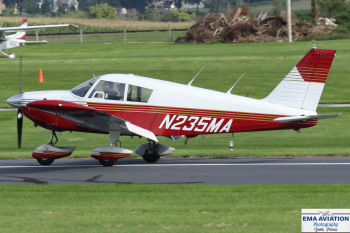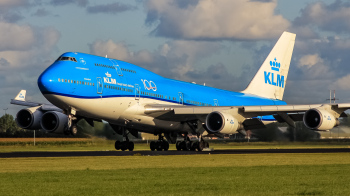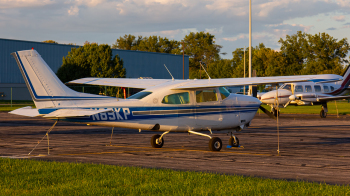The Boeing B-29 SuperFortress was one of the most advanced aircraft of its time and it remains an iconic symbol of the Second World War. The aircraft was designed and built by the Boeing Aircraft Company in the late 1930s and early 1940s and was used by the United States military during the war. It was designed to be able to carry up to 20,000 pounds of bombs and was capable of reaching altitudes of up to 35,000 feet. The aircraft saw extensive service during the war in both the Pacific and European theaters, and it was used for a number of notable missions such as the atomic bombings of Hiroshima and Nagasaki.
Boeing did a stellar job in designing the B-29 SuperFortress. The aircraft was one of the largest bombers of its time and its size and capabilities allowed it to serve a variety of roles. It was designed to be able to carry a large payload, which allowed it to be used in bombing missions as well as for strategic aerial reconnaissance. The aircraft was also designed with a high service ceiling, allowing it to fly higher than most other aircraft of its time. Additionally, the aircraft was designed with an advanced pressurized cabin, allowing its crew to fly at higher altitudes with greater comfort.
The B-29 was also designed with a number of innovative features that made it one of the most advanced aircraft of its time. The aircraft was equipped with a complex array of electronics, making it one of the first aircraft to have radar and other electronic countermeasures. Additionally, the aircraft was designed with an autopilot system, allowing it to be flown more easily and safely.
Despite its advanced design, there are some areas where Boeing could have done better when designing the B-29 SuperFortress. One issue was that the aircraft was designed to be relatively complex, making it difficult to maintain and repair in the field. Additionally, the aircraft was designed with a number of complex systems that were prone to failure or breakdowns, which could be dangerous or even fatal in certain situations. Additionally, the aircraft was designed with an inefficient fuel system, which caused it to consume large amounts of fuel, making it expensive to operate.
Overall, the Boeing B-29 SuperFortress was an impressive aircraft that was ahead of its time. Despite its advanced design, there are still areas where Boeing could have done better. However, the aircraft remains an iconic symbol of the Second World War and its legacy will live on for generations to come.





Comments